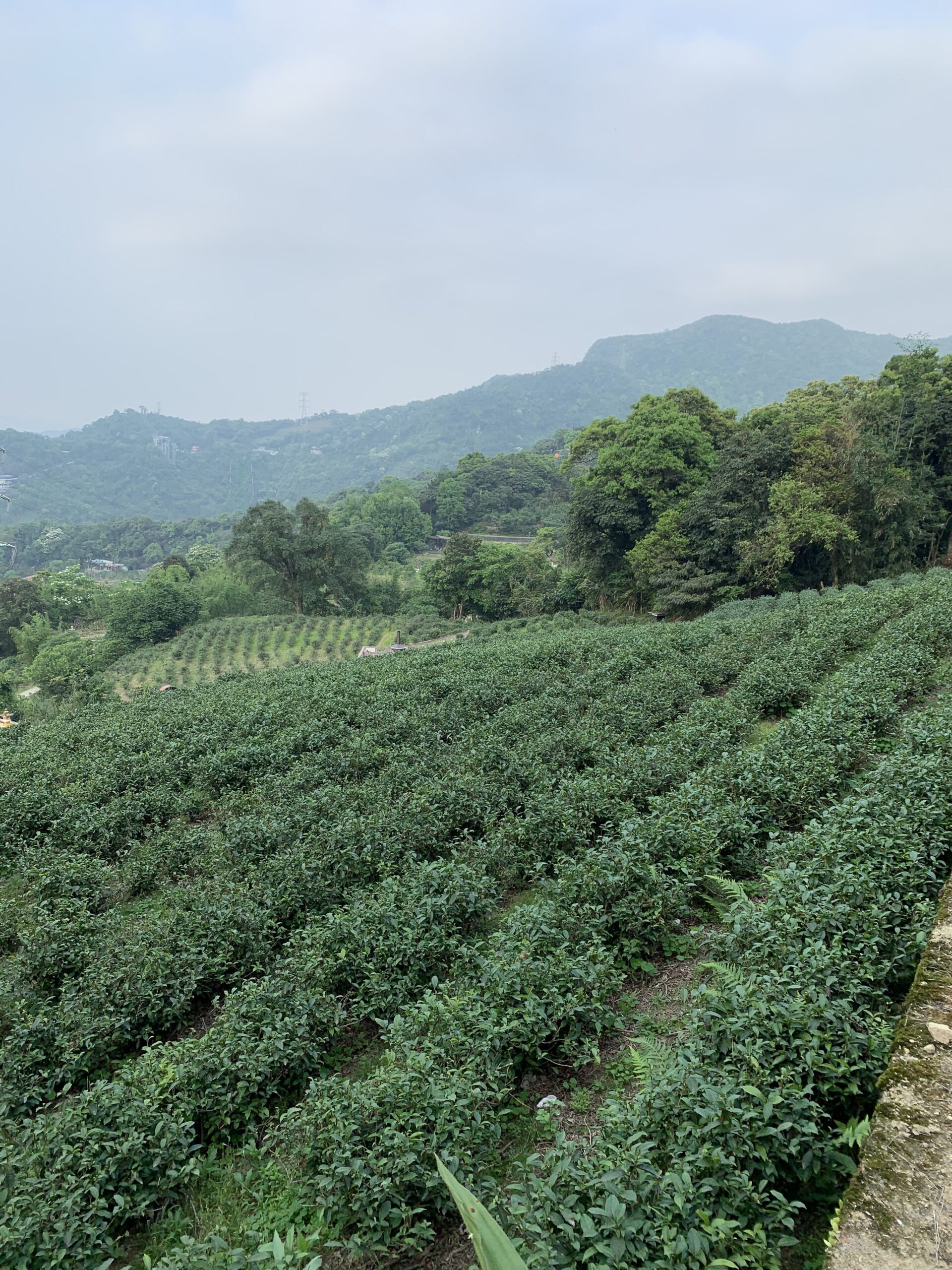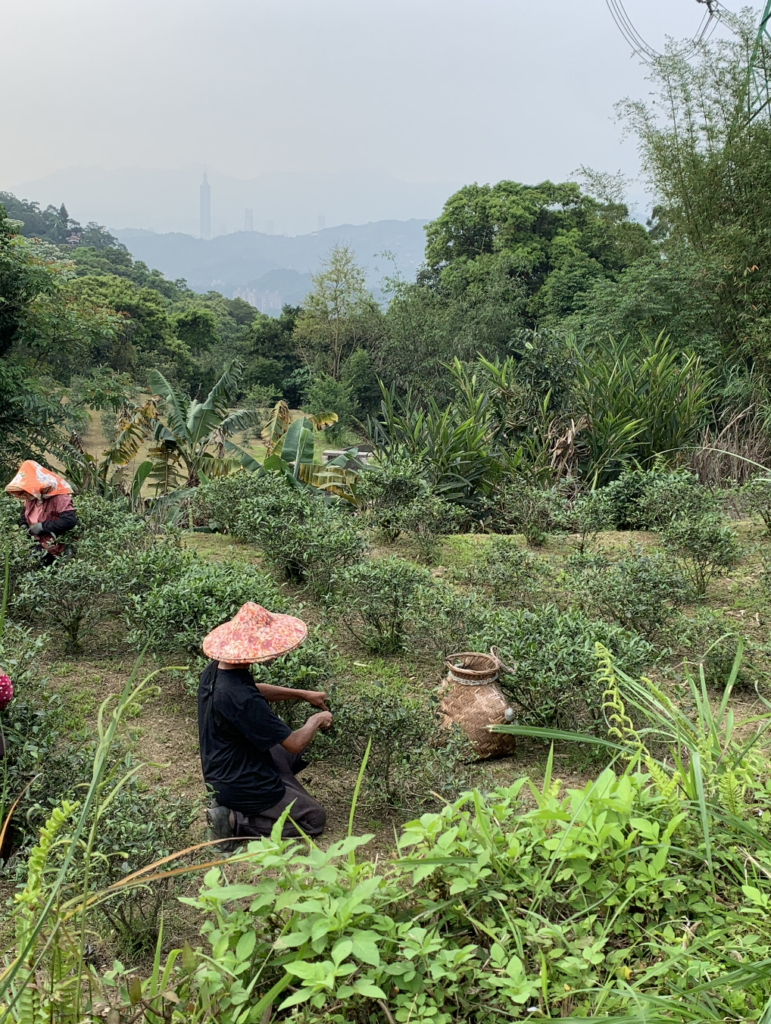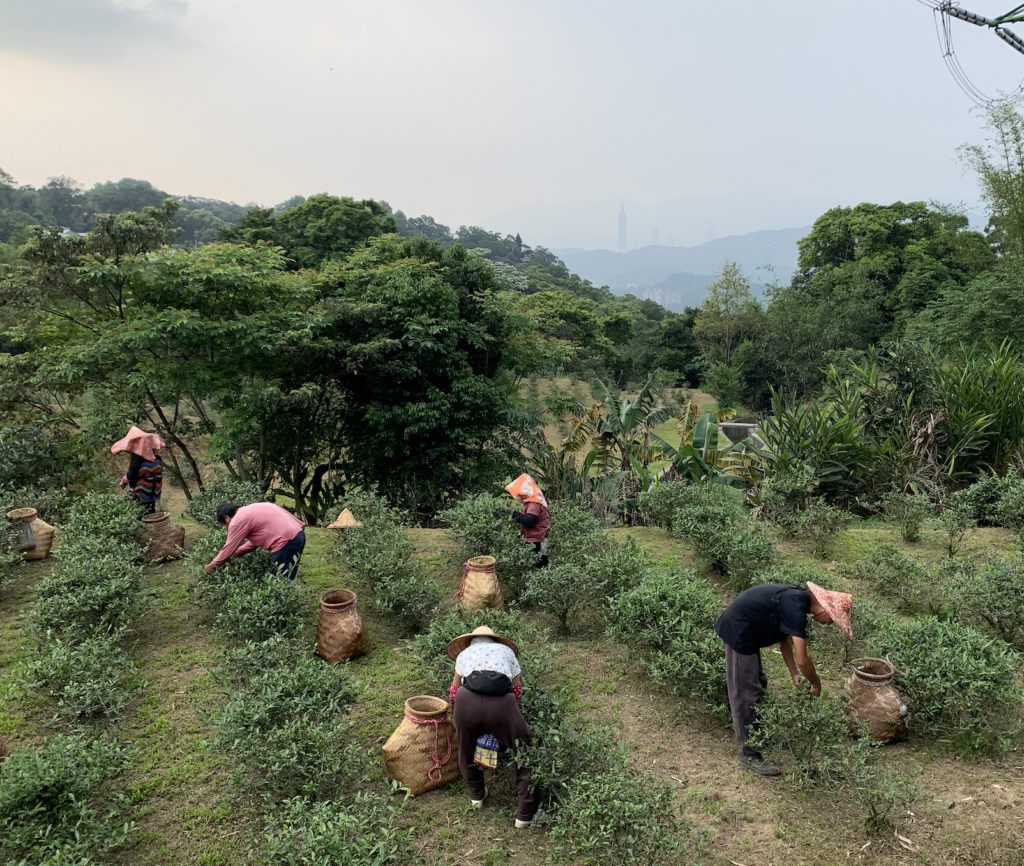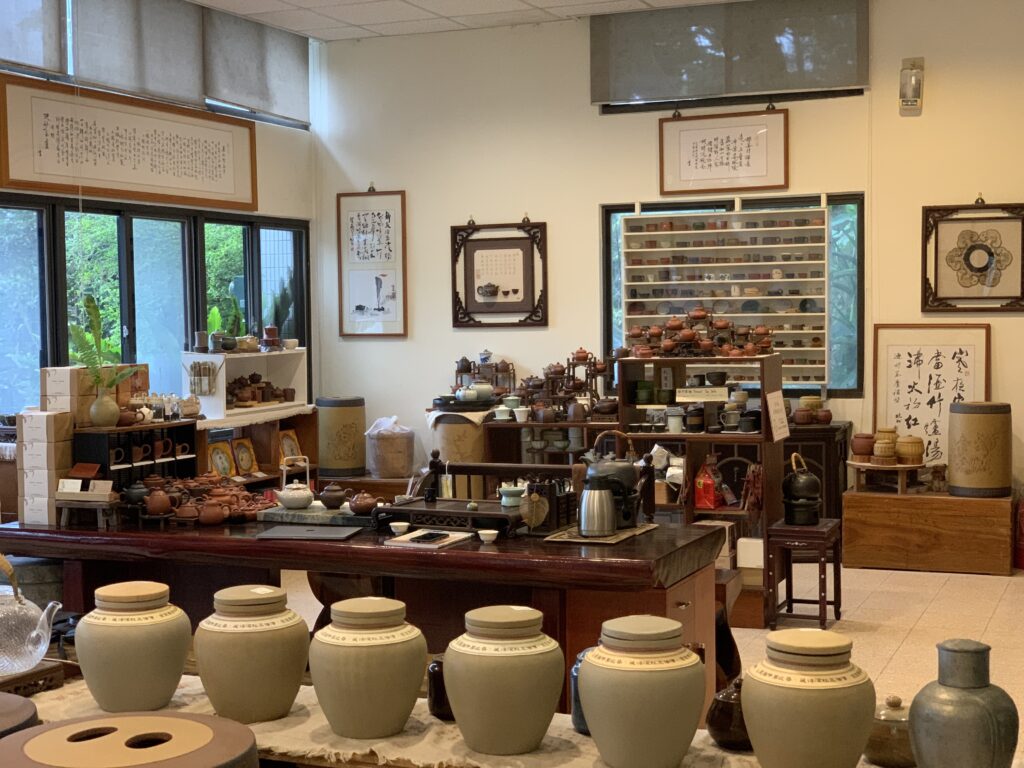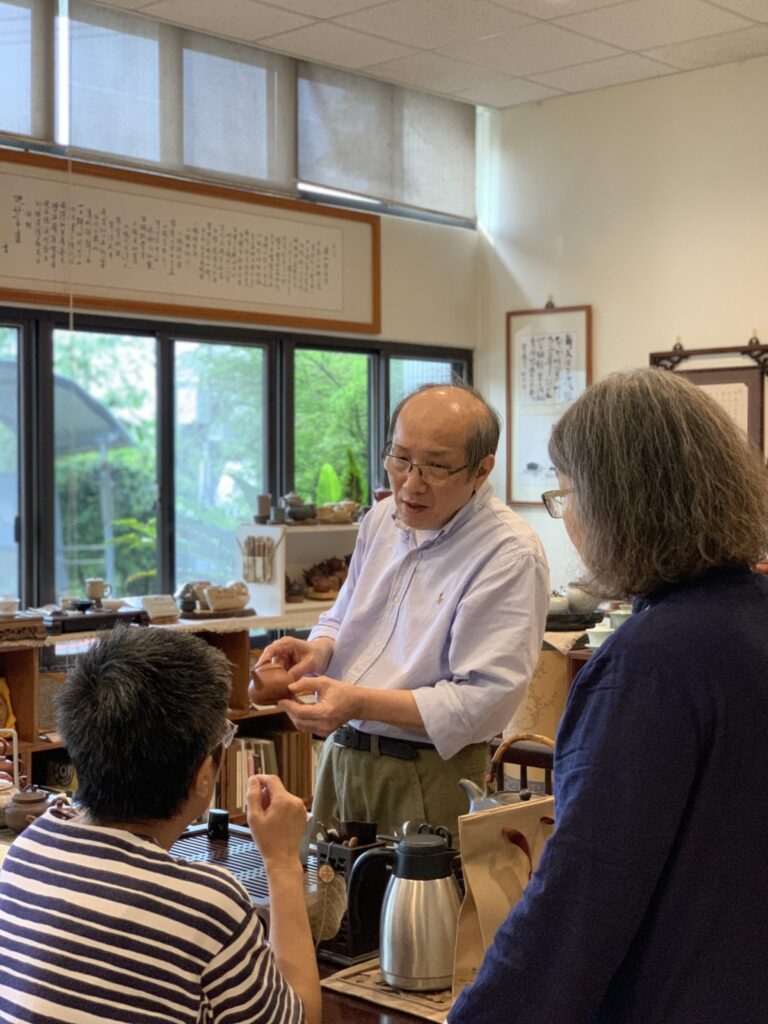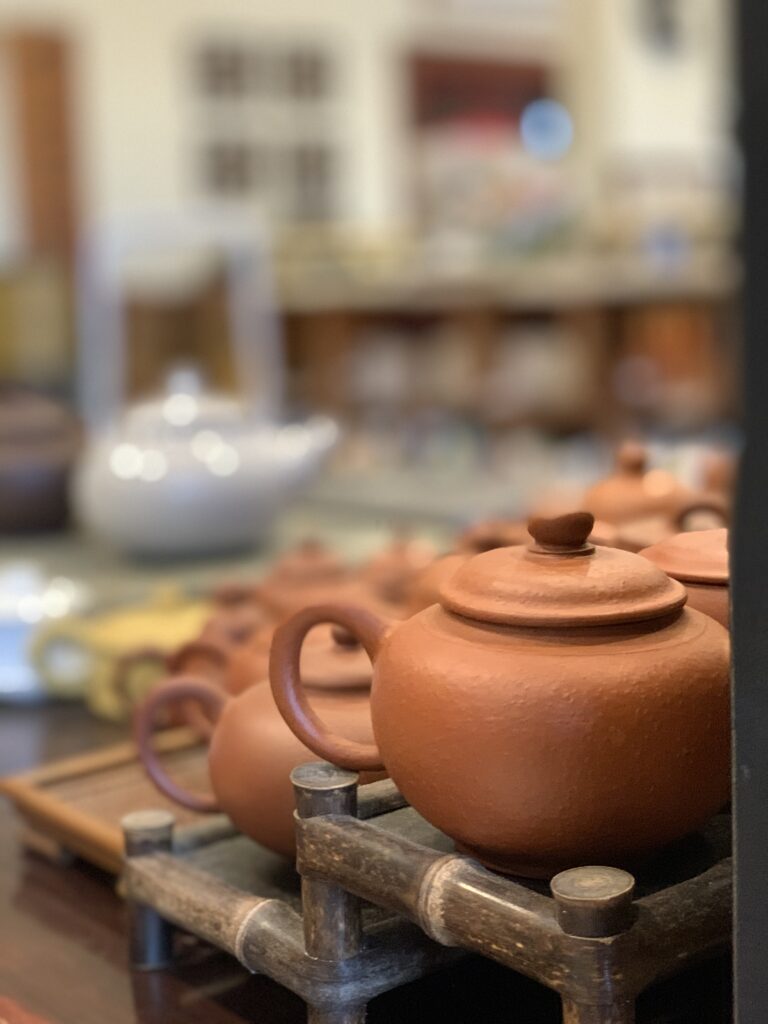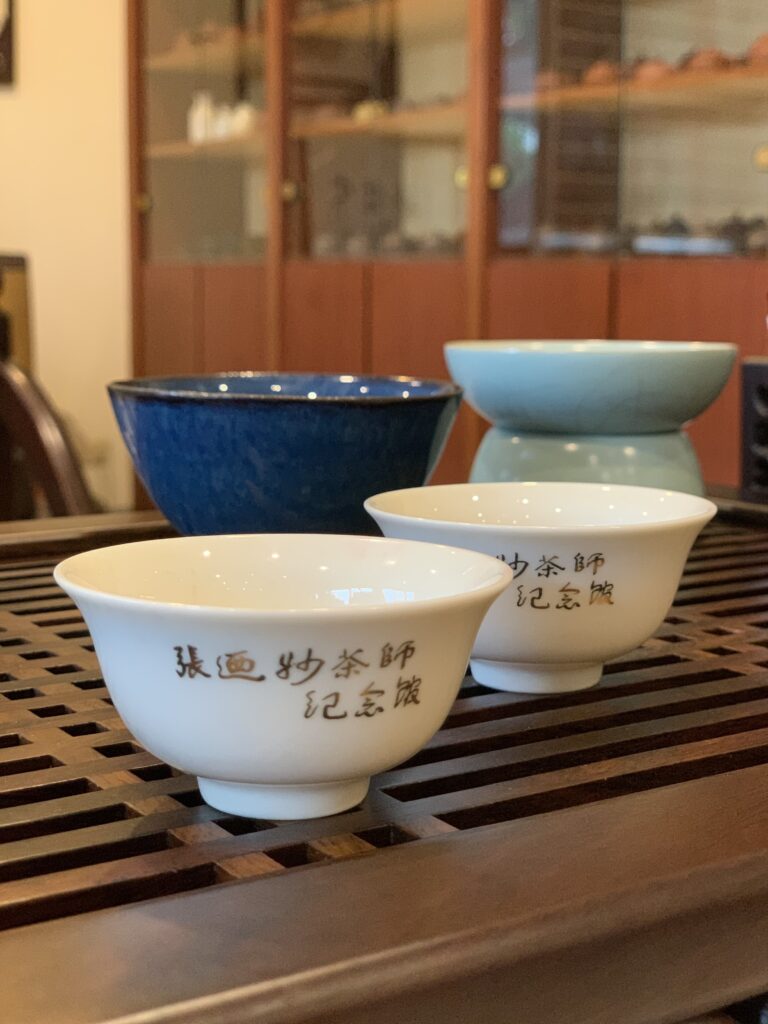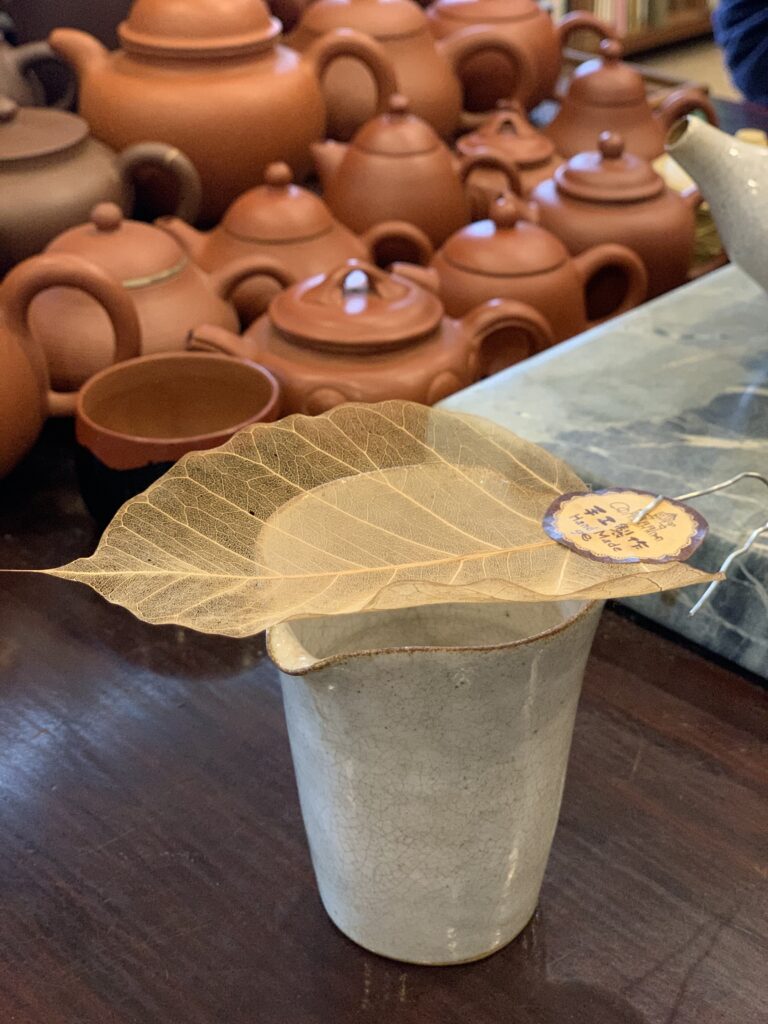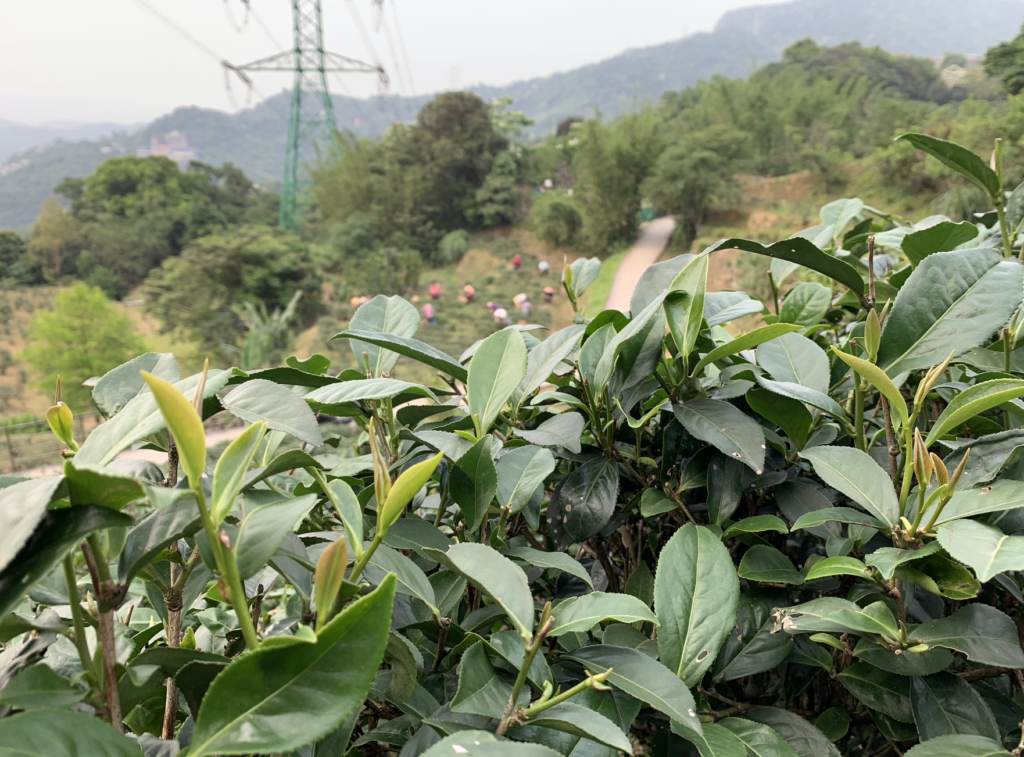
Maokong (貓空), located in Muzha (木柵), Taipei, is famous for tea. In the past, it was the largest tea-producing area in Taipei. Coupled with its geographical advantages, Maokong has a panoramic view of Taipei City. This area is home to many tea houses and tea farms. An endless stream of tourists come on weekends, taking the cable car up the mountain to Maokong to enjoy the beautiful scenery with a pot of tea, taking a break from fast-paced urban life when they are among tea-scented trails.
Tieguanyin tea (鐵觀音) is the most famous type of tea in Maokong. It originated from Anxi, Fujian, and was brought overseas by Zhang Ningmiao (張迺妙) in 1895. Zhang Weiyi (張位宜), the grandson of Zhang Nimiao and the curator of the “Tea Master Chang Nai-Miao Memorial Hall (張迺妙茶師紀念館),” carefully introduced the century-old history of tea in Muzha, as well as Chinese tea history and his grandfather’s influences.
Even though Curator Weiyi was born into a tea family that owned a tea plantation that spanned more than 9,000 square feet on Muzha Mountain, he wasn’t familiar with tea when he was a child. Instead, he moved to Southern Taiwan to pursue a furniture design career when he grew up. However, things changed when he was 27. His father had a heartfelt desire to fulfill Zhang Ningmiao’s (grandfather) promise to pass on the tea culture. Therefore, as a member of the younger generation with a higher education, Weiyi came back to Taipei with a mission and established this memorial hall, believing “The tea culture and the local industry needs to be preserved, and our family can help Grandpa to do that.”
“The quality of tea depends on your own feelings and perspectives.”
In this memorial hall, Zhang introduces tea, educating the guests on how to pick out different flavors by smelling, tasting, and appreciating tea. He explains, “drinking tea is not difficult. As long as you are quiet and concentrate on tasting, you can feel and experience it.” He believes tea should not be limited to certain social classes. Therefore, Curator Zhang is committed to promoting tea culture, popularizing it and making it affordable for everyone, including students, conveying the concept of tea as integral to a “healthy” life.
“Tea is life,” the curator said. Tea has a strong bond with Chinese culture. “It is a profound part of the family and represents memories.”
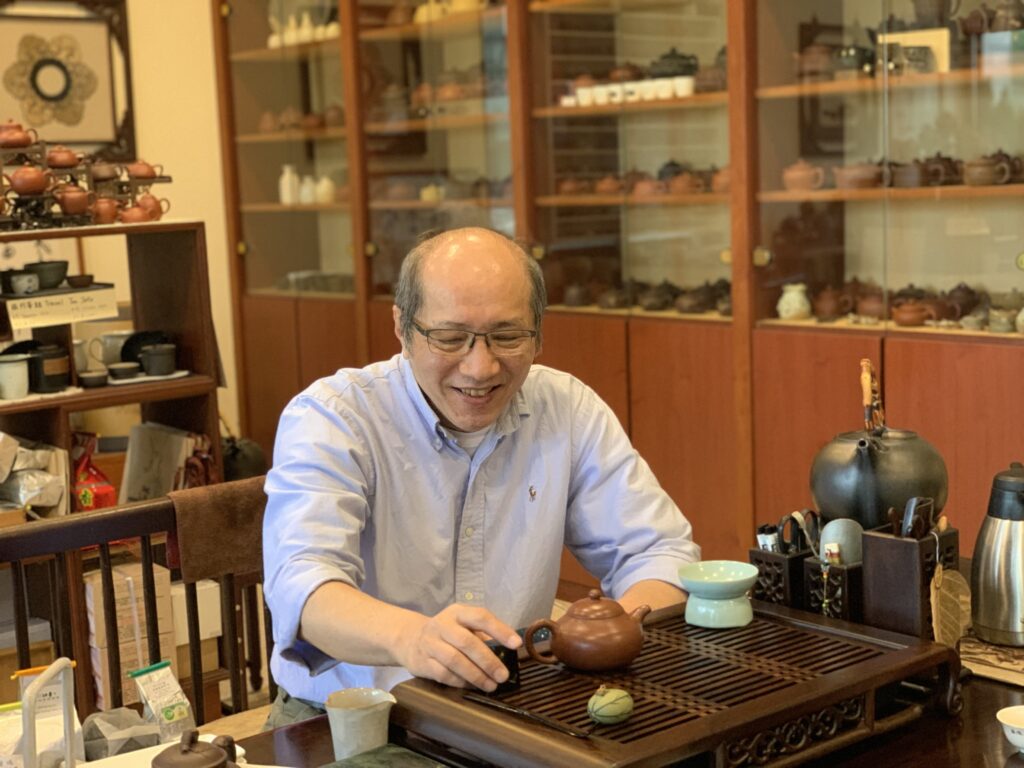
Teapots in particular hold deep meaning for families. Zhang Weiyi self-learned a repair technique called Kintsukuroi ( 金繕い, golden repair), using gold and lacquer to repair broken pottery. It is a sophisticated Japanese technique that is time consuming and expensive. However, he learned this technique when he was seeking to repair a damaged teapot of his father’s—the teapot that his mom used to make tea for his dad in every day. That teapot contained daily memories of his parents. Afterward, Curator Zhang began to help friends to repair their broken tea sets. Every tea set has a story behind it. Mr. Zhang is currently helping a friend to repair a teacup that the friend’s grandfather received when he graduated from elementary school decades ago. In that era, everyone who graduated got a souvenir glass with their name engraved on the back. However, his granddaughters had accidentally broken the cup when they were helping to clean the house. “It’s okay,” the grandfather had said, but as he threw the broken pieces away, he had murmured what a pity it was. Therefore, one of his granddaughters secretly picked out the pieces from the trashcan and brought them to Mr. Zhang, hoping to save this treasured memory for her grandfather. To Mr. Zhang, the repair process is like giving new life to a tea set to help it continue carrying memories.
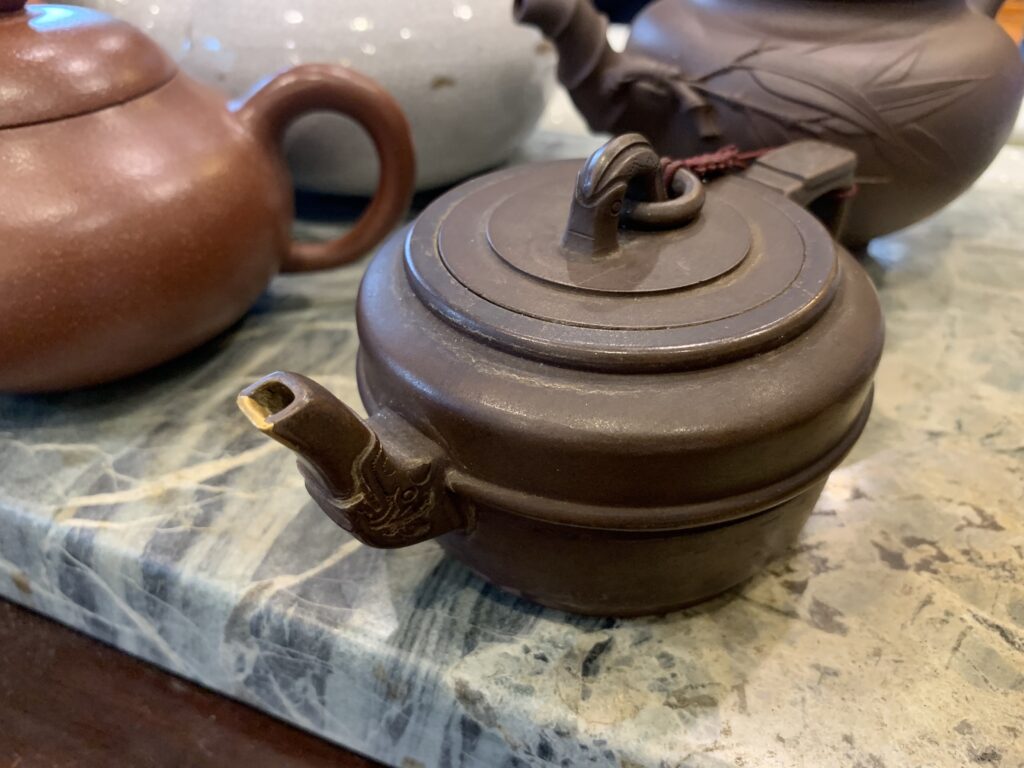
Zhang parents’ tea pot 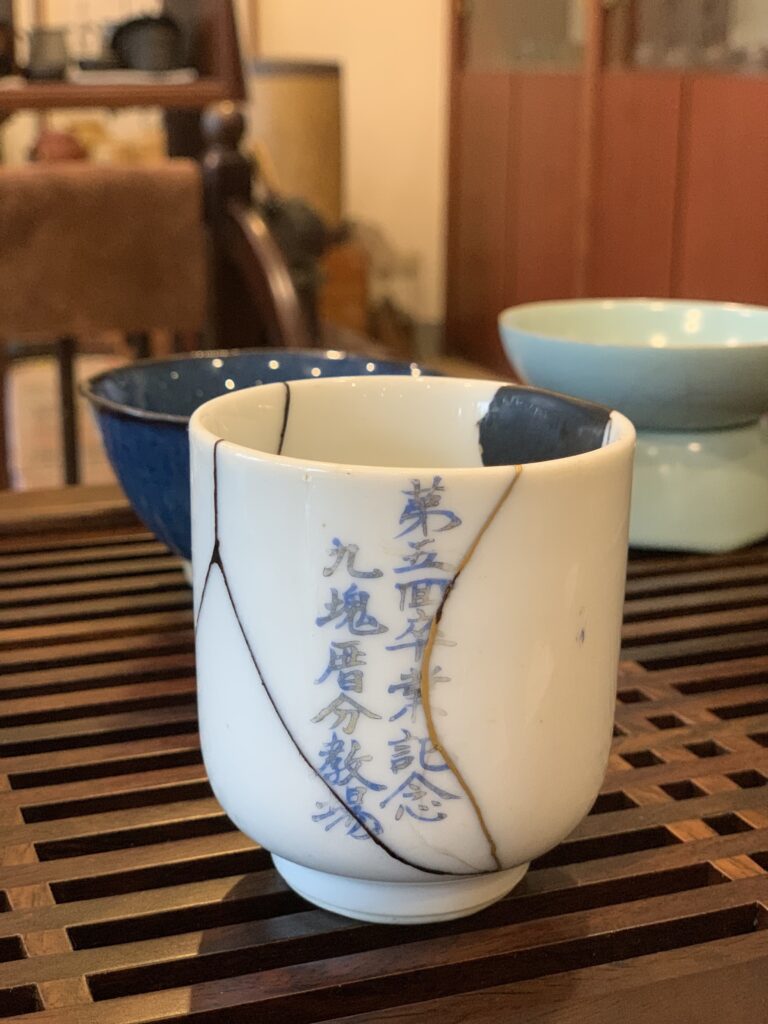
He fixed the broken tea cup from Grandpa
“Tea is a medium,” Zhang Weiyi says. “It helps us communicate, make new friends, and share stories.” Tea Master Chang Nai-Miao Memorial Hall combines daily life and culture to promote tea culture. It is a place that keeps the promise of a grandfather and a family, passing on their legacy and stories to the next generation.
Interviewed on April 12, 2021 / Photography by Richelle Sze
Check Out Our Latest Posts
- Tea Master Chang Nai-Miao Memorial Hall
- Day-Good Restaurant
- Sheng-Long Dried Food Shop
- Ho Hsing 1947
